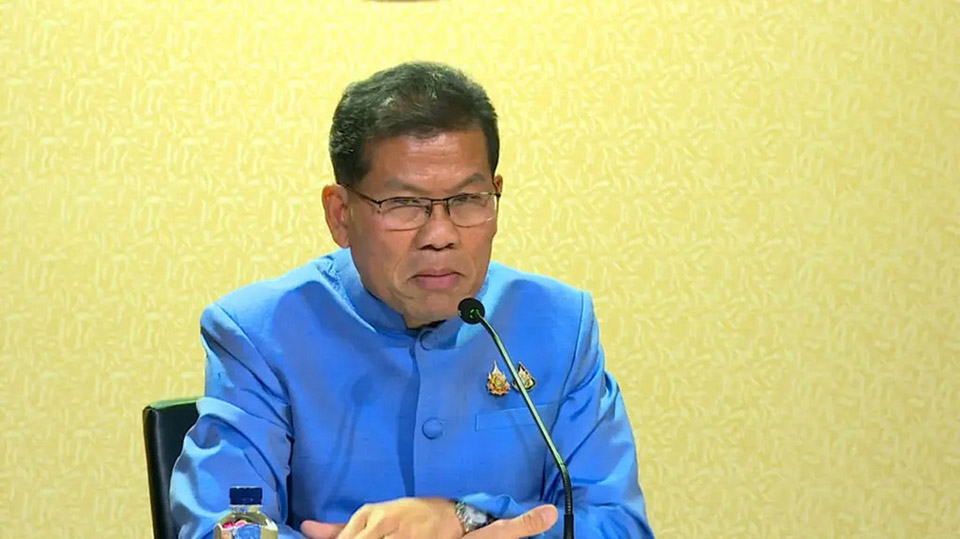
BANGKOK, Thailand – Thailand’s cabinet has approved a carbon tax on gasoline, diesel, and LPG, aiming to reduce pollution, including PM2.5 particulate matter, while initially avoiding direct impact on fuel prices, a government spokesperson said on Tuesday.
Deputy government spokesperson Karom Phonphonklang stated that the cabinet endorsed the carbon tax as a mandatory price mechanism to raise awareness and encourage responsibility for carbon emissions among businesses and the public, mitigating the impact of climate change. He added that businesses exporting goods to countries with carbon border adjustment mechanisms (CBAM) could use the tax for potential fee reductions.
The Excise Department will determine specific tax rates later, based on a baseline carbon tax rate of 200 baht per ton of carbon. Initially, the carbon tax will be implemented by converting existing excise taxes into a carbon tax format, ensuring no immediate additional cost burden for consumers using gasoline, diesel, LPG, jet fuel, or fuel oil, Karom confirmed. The move also targets PM2.5 pollution.
The government aims to promote ESG (Environmental, Social, and Governance) principles to enhance competitiveness and reduce energy consumption. The Excise Department is tasked with reducing greenhouse gas emissions by 50% by 2030, in line with national targets.
This reduction will be achieved through various measures, including promoting the use of electric vehicles (EVs) to reduce emissions from the transportation sector by 19.5%, switching to R32 refrigerants to cut emissions from cooling systems by 12.20%, increasing the use of renewable energy like solar rooftops to reduce emissions from electricity generation by 62.40%, improving energy efficiency through smart lighting and automated building lighting controls to reduce emissions by 1.60%, and transitioning from desktop PCs to laptops to reduce emissions by 3.60%. (TNA)










